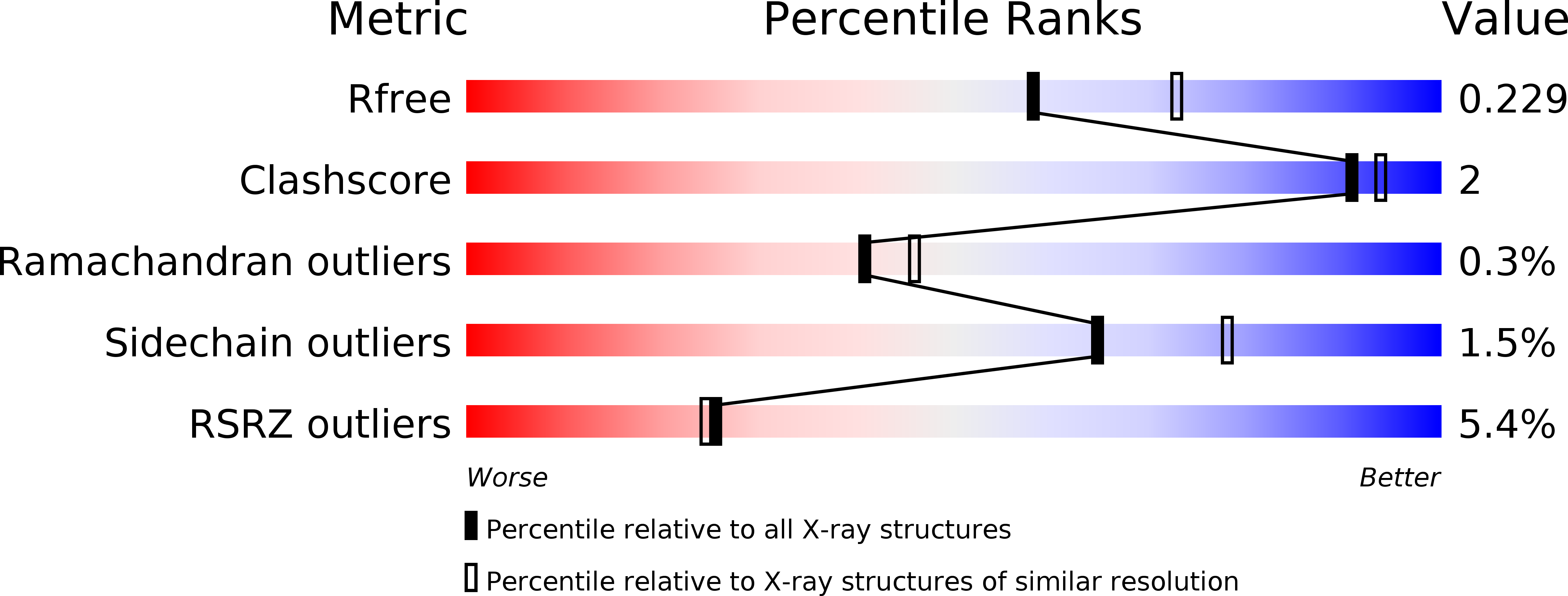
Deposition Date
2017-01-30
Release Date
2017-05-10
Last Version Date
2024-03-06
Entry Detail
PDB ID:
5UNI
Keywords:
Title:
Critical role of water molecules for proton translocation of the membrane-bound transhydrogenase
Biological Source:
Source Organism:
Thermus thermophilus (Taxon ID: 274)
Host Organism:
Method Details:
Experimental Method:
Resolution:
2.20 Å
R-Value Free:
0.22
R-Value Work:
0.18
R-Value Observed:
0.18
Space Group:
C 2 2 21


